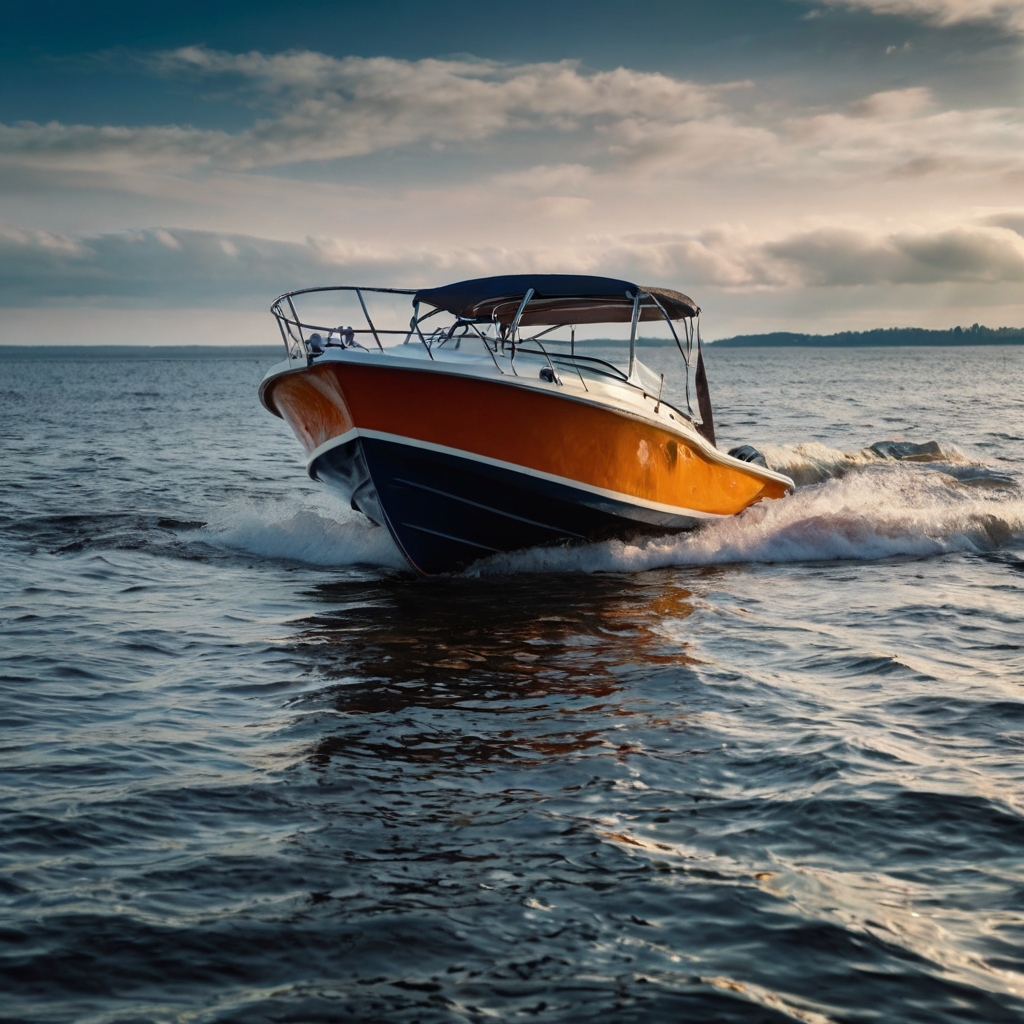Table of Contents
Table of Contents
- Understanding Marine Paint
- Types of Marine Paint
- Benefits of Quality Marine Paint
- How to Choose the Right Marine Paint
- Application Tips for Optimal Results
- Common Challenges in Marine Painting
- Maintaining Painted Surfaces
- Expert Opinions on Marine Paint

Understanding Marine Paint
Marine paint is critical for any vessel to combat the marine environment’s punishing conditions. It’s not merely about aesthetics; a well-painted boat shows preparedness and durability against nature’s relentless battles. Quality marine paint supplies offer a comprehensive defense against corrosion, UV damage, and biofouling.
Marine paint formulas often incorporate cutting-edge chemistry, including anticorrosive agents and UV inhibitors that form durable barriers. Such formulations result from years of research, ensuring that they bond effectively with boat surfaces to prevent saltwater and other elements from initiating degradation. In doing so, marine paints extend the boat’s life and significantly enhance its operational efficiency.
Types of Marine Paint
In marine paints, diversity caters to specific needs and environmental challenges. Antifouling paint is the cornerstone of hull protection, engineered to thwart barnacles and algae, which can impede performance. Effective antifouling paints reduce drag, thereby conserving fuel and engine power.
Topside paints are designed to withstand the test of sun and sea spray above the waterline, providing a polished appearance while resisting fading and cracking. Meanwhile, primers establish a vital foundation for paint adhesion, conditioning the surface to ward off corrosion. Each type serves a unique purpose, underscoring the importance of choosing correctly based on boat requirements and environmental conditions.
Benefits of Quality Marine Paint
Investing in high-quality marine paint is undeniably beneficial, transcending mere visual appeal. It provides a comprehensive shield, resulting in longer intervals between maintenance activities. Enhanced protection translates to fewer surprises regarding costly repairs and dry dock expenses, allowing for more enjoyable and worry-free boating experiences.
Furthermore, high-grade paints contribute to overall energy efficiency by maintaining a slick hull surface, minimizing resistance, and promoting smoother sailing. Scientific studies have shown that boats with premium coatings have better longevity and resale values. Therefore, investing in superior marine paint not only maintains the boat’s appearance but also bolsters its market worth.

How to Choose the Right Marine Paint
Choosing the appropriate marine paint entails evaluating several factors, such as the boat’s operational waters and climate conditions. Key considerations include whether your vessel primarily navigates freshwater or saltwater and the frequency of its usage. Environments rich in marine growth typically require specific paints that offer increased biofouling protection.
It’s also wise to consult marine specialists for tailored advice, considering variables like paint application methods and longevity. Prioritizing the most suitable paint ensures that the protective layer can effectively handle the stresses of its environment.
Application Tips for Optimal Results
Proper application of marine paint is critical to its effectiveness. Prepare the boat’s surface meticulously by cleaning off salt, residues, and old chipped paint. Sanding should achieve a smooth finish that is ready to receive fresh layers of paint.
Utilize clean brushes or rollers to apply the paint evenly, adhering strictly to product guidelines regarding mixing ratios and drying periods. Application under stable weather conditions is crucial, avoiding humidity and temperature extremes that could adversely affect curing.
Common Challenges in Marine Painting
Marine painting can be fraught with challenges such as peeling, inadequate adhesion, or blistering. These issues often stem from skipping preparatory steps or applying in less-than-ideal environmental conditions.
Approaching the task with patience and attention to detail, using the right products suited for specific water conditions, can alleviate these common pitfalls. Addressing these potential challenges enables long-lasting and effective paint results.
Maintaining Painted Surfaces
After ensuring a flawless paint job, maintaining this pristine layer is equally vital. Regularly wash the boat to remove salt deposits and dirt, following a routine fit for its use frequency. Check for wear and tear, which could lead to vulnerabilities if neglected.
Touching up minor scratches quickly prevents more profound damage, thus prolonging the paint’s protective function. Scheduling regular maintenance inspections ensures timely interventions to maintain the paint’s aesthetic and protective qualities.
Expert Opinions on Marine Paint
Experts in the marine industry emphasize the distinction between functional and cost-effective marine paint solutions. Professionals commonly advise boat owners to prioritize quality over price, as premium options yield far better long-term benefits and lower maintenance costs.
Engaging with industry professionals for their insights and recommendations enables boat owners to protect their investments effectively. Leveraging expert advice maximizes durability and enhances the overall marine experience.







